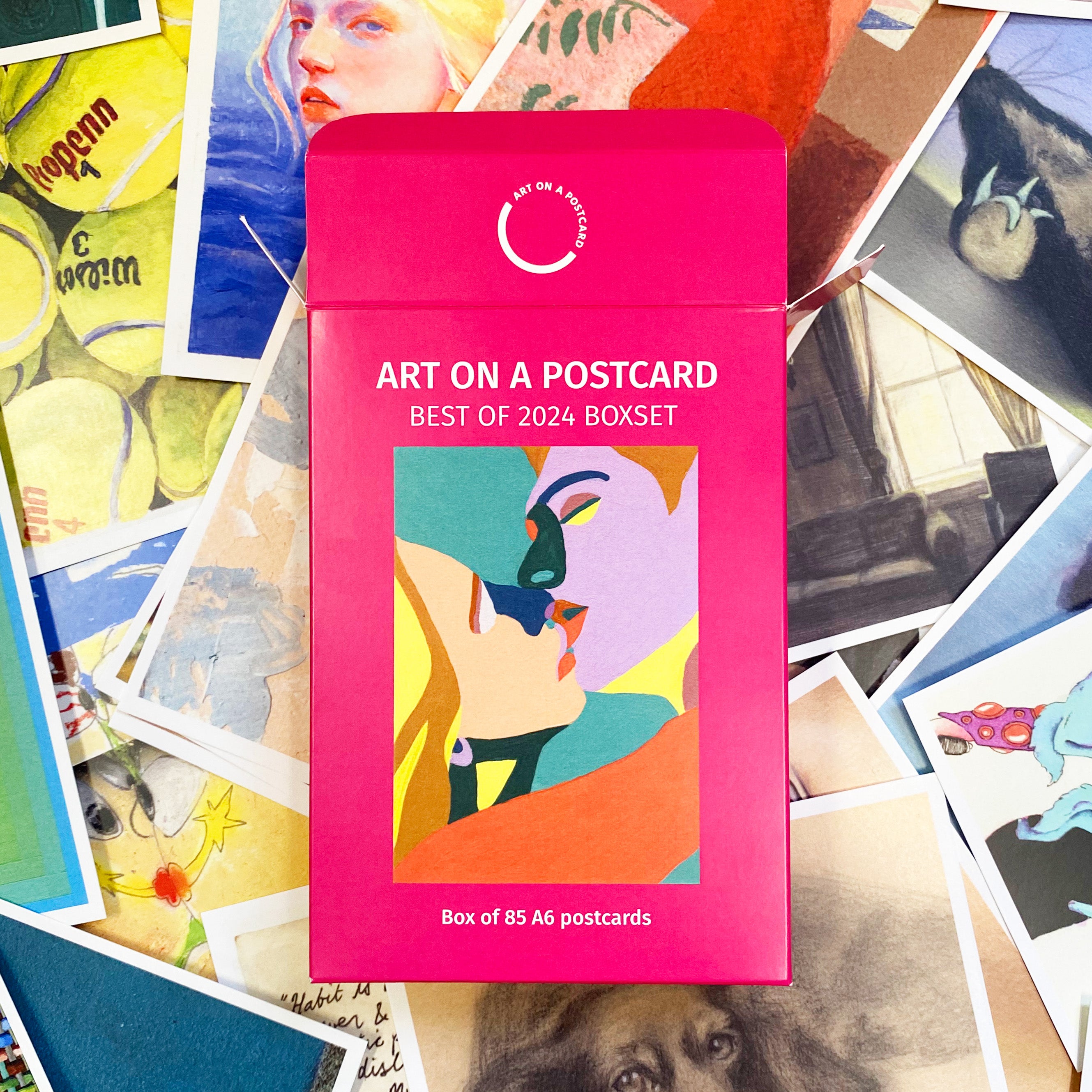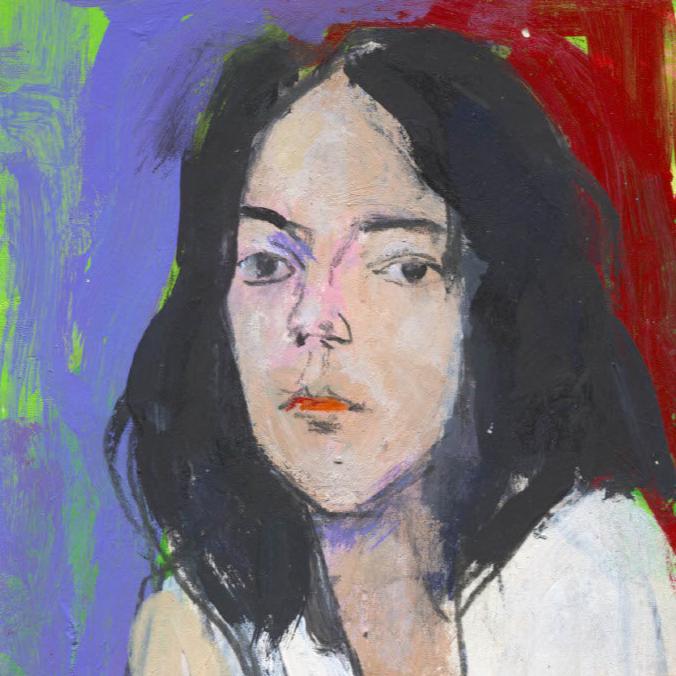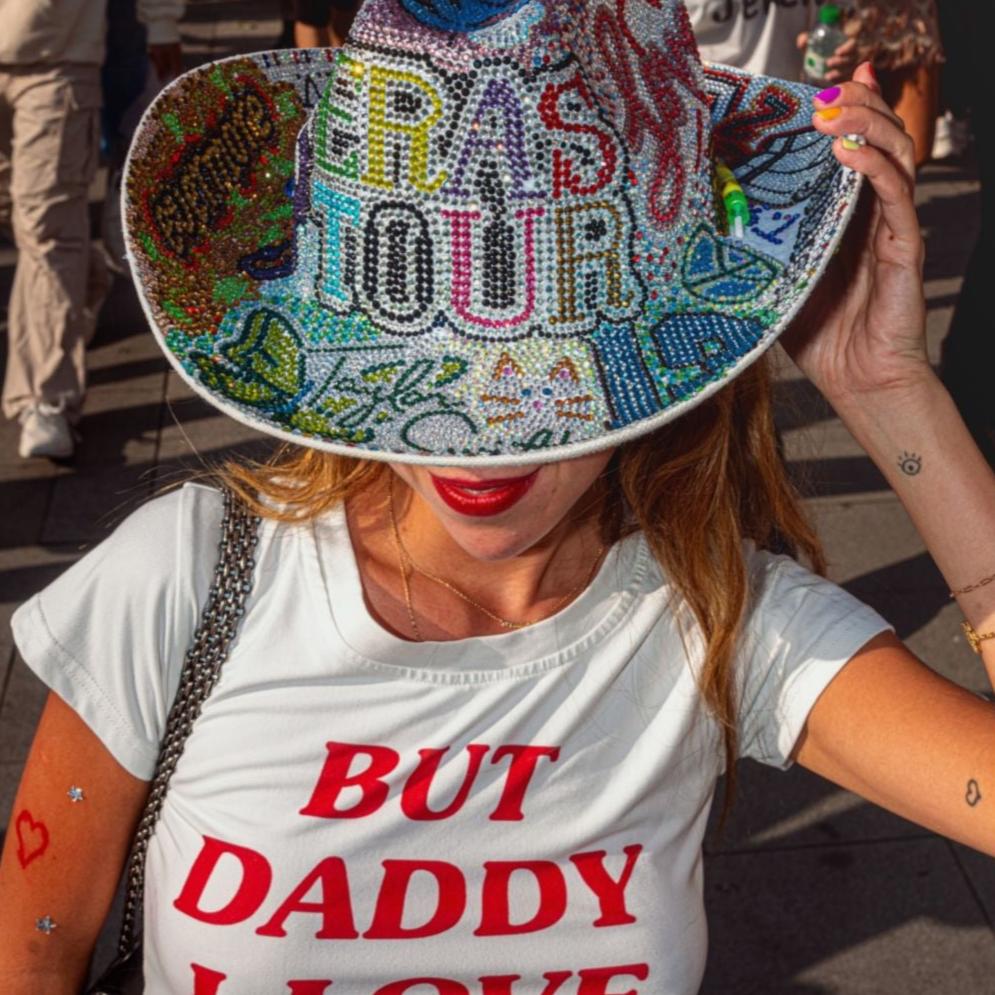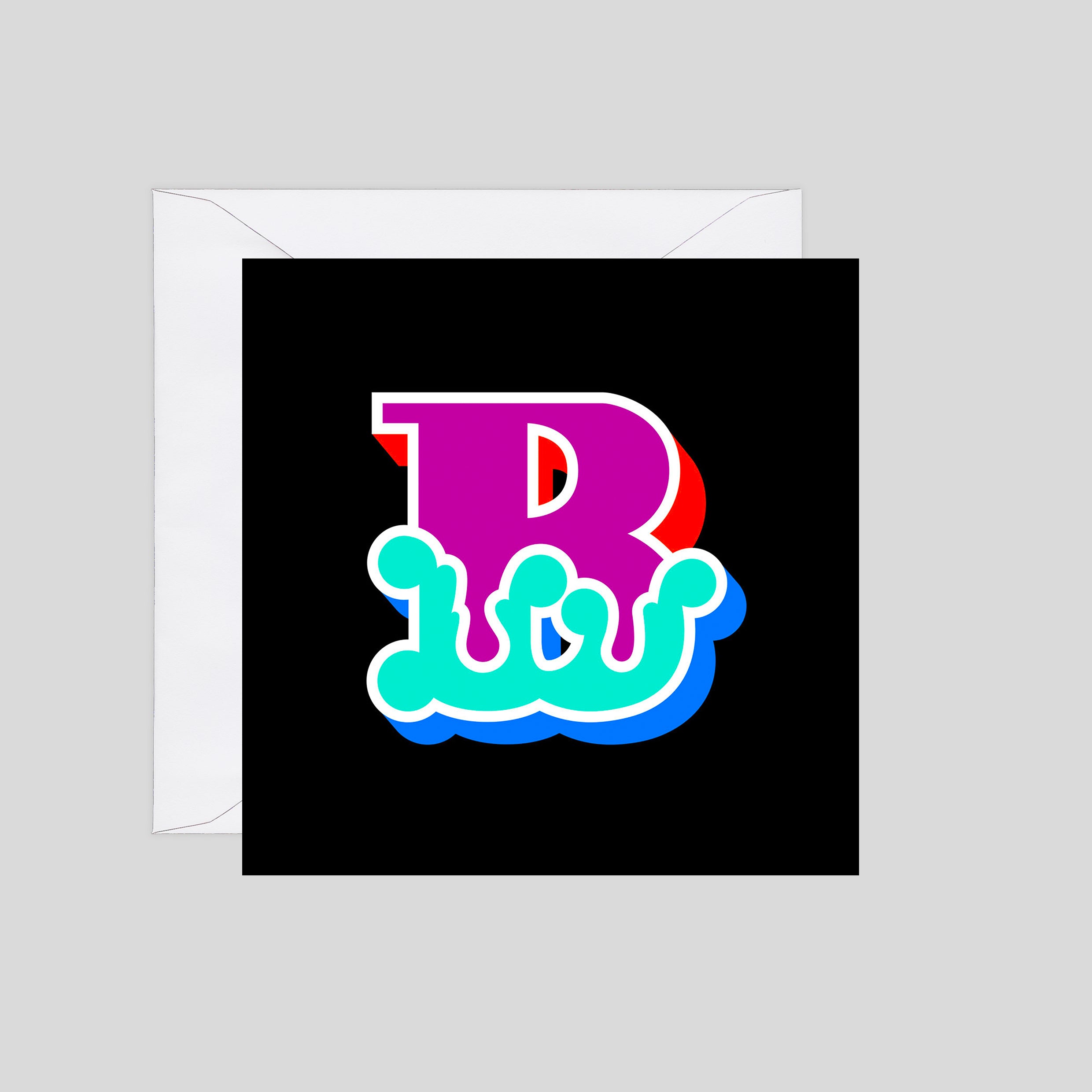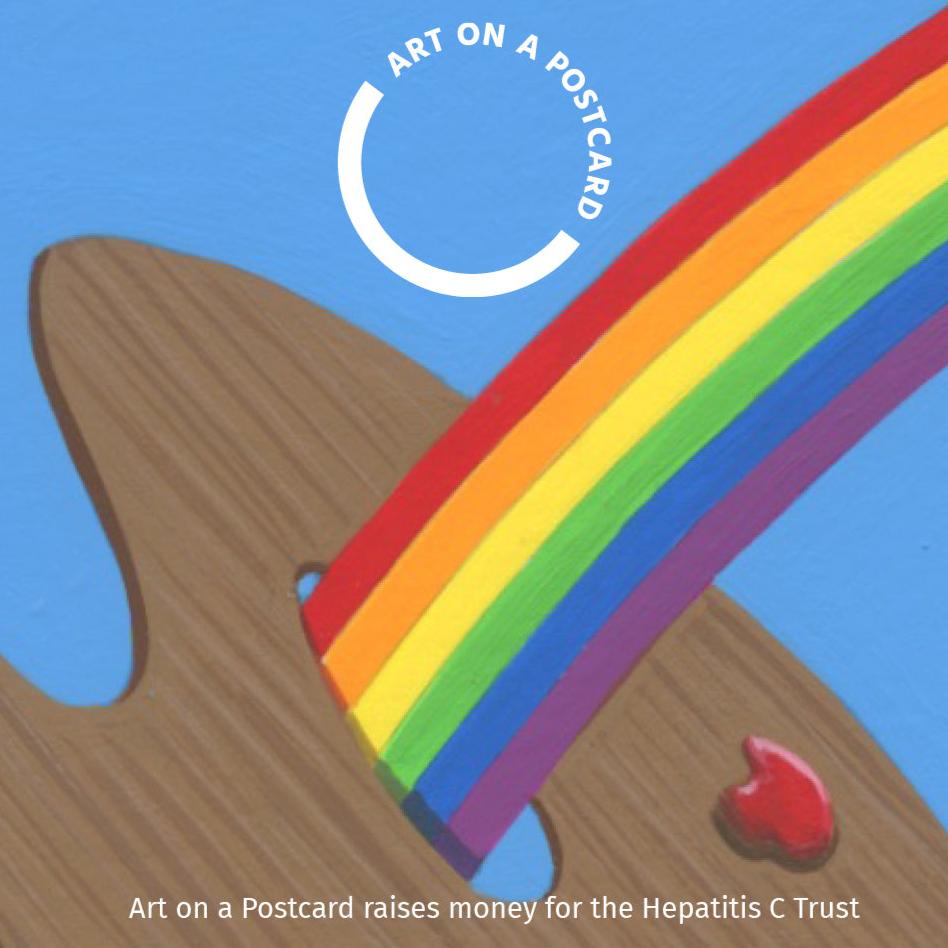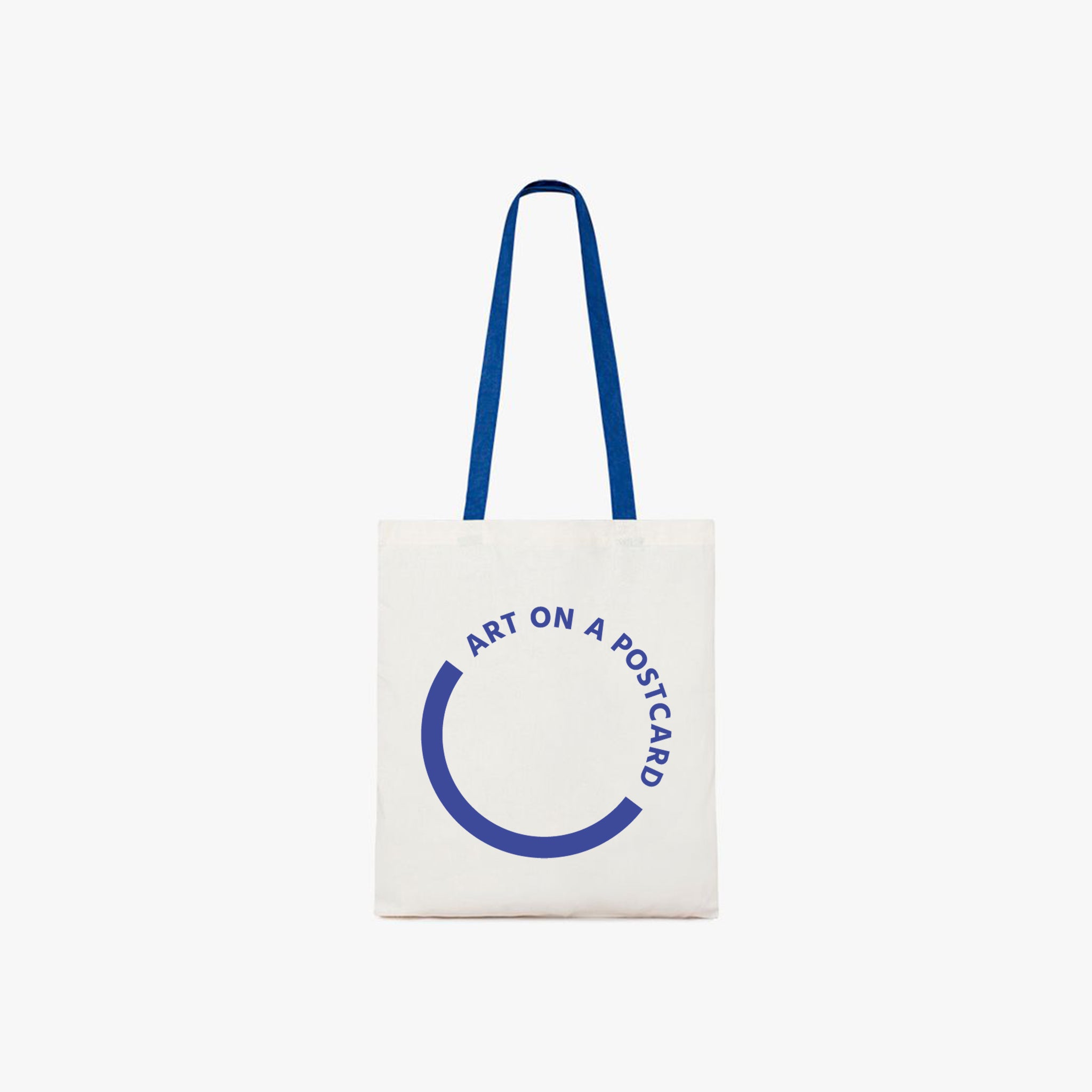Toby Rainbird (b. 1994, Jersey, C.I.) is a British artist and curator based in London. He recently completed an MA in Painting at the Royal College of Art, where he was awarded the university's prestigious Hine Painting Prize. In 2016, he graduated with First-Class Honours in Fine Art from the Bath School of Art & Design, receiving the Outstanding Achievement in Fine Art Award. Rainbird has exhibited extensively across London, the UK, and internationally in Japan, Germany, and Canada.

Lot 63. Toby Rainbird - Gap, Oil and collage on canvas (Left)
Lot 64. Toby Rainbird - Shroud, Oil on canvas (Right)
How do you start your paintings? Do you follow a set process, or does each piece unfold differently?
I usually start with a loose idea that can then develop and change. I try to find something new and unexpected in each artwork. The goal is to constantly adapt to the unfolding logic of the piece itself.
You have described your process as accumulative. How do you determine when a painting is ‘finished’?
A painting is usually finished for me when I have stepped away from it in some capacity—when I stop trying to force an outcome.
Patterns, repetitions, and layering feature often in your work. How does the medium of painting lend itself to this technique?
I work with paint because it presents many exciting challenges and limitations while allowing for tangible accumulation. It is an excellent medium for working through failure, and in a sense, repetition and layering emerge as a result of this process.
Your paintings often resist direct symbolism, existing on the threshold between forms. What draws you to this space of ambiguity?
I think this stems from a reluctance to impose meaning on an audience. The paintings act as a kind of context—something that hopefully offers possibilities rather than a fixed interpretation. I do use symbols in my work, but when adding ‘-ism’, too much emphasis is placed on what I want the artwork to do rather than what it can do. I see it as being less about ambiguity and more about possibility.
What is ‘conscious play’? Do you see play as something that operates in these peripheral or in-between spaces/states?
It’s a term I coined to describe a kind of self-permission to act against a predetermined outcome or serious intent. Peripheral or liminal states offer a challenge that appeals to me—something difficult to quantify but necessary to explore.

Toby Rainbird, Bryter Lyter, Oil on wood and linen
Are there particular art movements or styles, such as Abstract Expressionism, Action Painting, or Automatism, that influence your approach?
I’m interested in the language and gestures of historical movements and the potential of using that language to activate something within the work. However, I resist direct association with any specific influence.
What was the significance of Paradise Lost for you?
In my practice, I work with possibilities. In that sense, I relate to the themes of desire and the imperfections of human endeavour—how they propel us toward both harm and hope.
You’ve recently been awarded the Freelands Studio Fellowship for 2025. Are there any upcoming projects you’re excited to explore?
Yes, I feel very fortunate to have been selected as a fellow in the painting course at Brighton University. I have a solo show at Phoenix Art Space at the end of the year, which will hopefully reflect my current exploration of encrypted communication networks. Outside the studio, I’m focusing on my writing and collaborating with fellow London-based artist Tabby Li on a long-term curatorial project, Lee Scully.

Artist in studio
Visit Toby Rainbird's Website
Questions by Victoria Lucas

